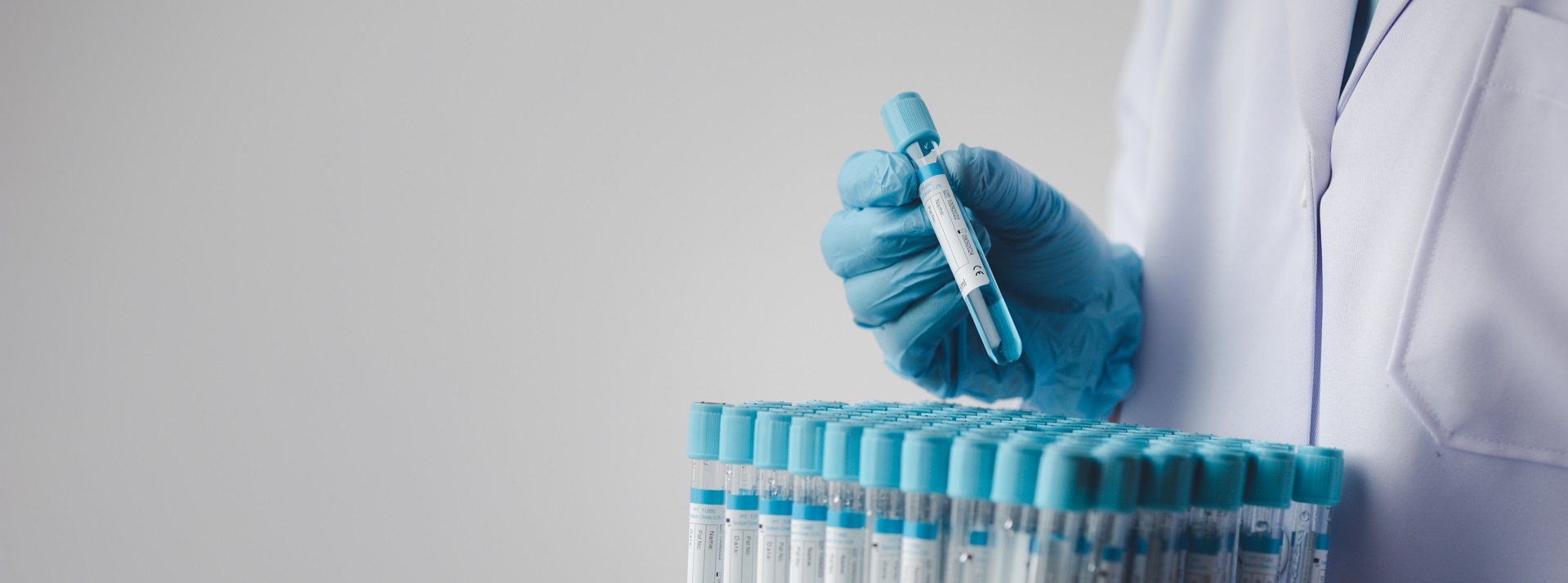Jeune syndrome (JS), or asphyxiating thoracic dystrophy, is an ultra-rare autosomal recessive ciliopathy characterized by skeletal dysplasia (narrow thorax, short ribs), renal cystic dysplasia, and multiorgan involvement. Protheragen offers complete preclinical drug and therapy development services for understanding the complex genetic mechanisms of Jeune syndrome.
Introduction to Jeune Syndrome
Jeune syndrome, also termed asphyxiating thoracic dystrophy, is an ultra-rare autosomal recessive ciliopathy manifesting with skeletal dysplasia, especially a narrowed bell-shaped thorax, shortened ribs and limbs, and occasionally polydactyly. The disorder results from recessive mutations in genes of the intraflagellar transport (IFT) B complex, notably IFT80, IFT140, and DYNC2H1. Penetrance in the renal cortex exceeds 75%, with progressive tubulointerstitial fibrosis, cystic dysplasia, and end-stage renal disease reaching 30 to 50 percent of affected children. Given fewer than 300 confirmed patients worldwide, rapid therapeutic advancement is critical. Protheragen provides integrated preclinical platforms aimed at the renal and ciliary facets of this lethal condition.
Pathogenesis of Jeune Syndrome
Disease pathogenesis is driven by biallelic mutations in genes that encode IFT complex B subunits or ancillary ciliary proteins. More than 20 mutations have been designated, including recessive alterations in IFT80, IFT172, WDR19, TTC21B, DYNC2LI1, and NEK1. Mutant alleles compromise the assembly, stabilization, and cargo transport along the primary cilium, impairing sensory signaling hubs that regulate development and homeostasis in the skeleton, kidney, and other organ systems.

Fig.1 Mutations in GRK2 cause Jeune syndrome by impairing Hedgehog and canonical Wnt signaling. (Bosakova
et al., 2020)
Mutations in ciliary genes disrupt the intraflagellar transport system, which is essential for the assembly and maintenance of cilia. In the developing skeleton, this defect interferes with chondrocyte function, yielding the short ribs and shortened limb segments that define the dysplasia. In the renal cortex, the same ciliary defect in tubular epithelial cells promotes excessive cell replication, tubular cyst formation, and interstitial fibrosis, producing a phenotype that resembles nephronophthisis. The progressive nature of the renal injury is the principal clinical challenge, as it contributes substantially to morbidity and the premature mortality that can accompany Jeune syndrome. The disorder, therefore, highlights the critical role of cilia in numerous developmental and homeostatic processes across the body.
Therapeutics Development for Jeune Syndrome
| Drug/Technology |
Therapeutic Target |
Key Mechanisms/Advances |
Development Stage |
| Dual AAV-DYNC2H1 vector |
IFT-B complex (DYNC2H1-IFT88-IFT140) |
Gene replacement to repair large-fragment deletions |
Preclinical |
| CRISPR-ABE8e editor |
ATP-binding domain of IFT140 |
Base editing to restore IFT complex stability |
Preclinical |
| SMART-5f (Hedgehog agonist) |
SMO receptor |
Activates ciliary GPCR signaling to promote chondrogenesis |
Preclinical |
| Rapalink-1 (mTOR inhibitor) |
mTORC1-Raptor complex |
Clears mutant protein aggregates to alleviate kidney injury |
Preclinical |
Disclaimer: Protheragen focuses on providing preclinical research services. This table is for information exchange purposes only. This table is not a treatment plan recommendation. For guidance on treatment options, please visit a regular hospital.
Our Services
Protheragen is a comprehensive preclinical service provider dedicated to the discovery and development of novel therapeutics for Jeune syndrome. Our extensive therapeutic development services incorporate the use of sophisticated disease models that effectively capture important features of this inherited disorder, with a particular focus on its renal manifestations.
Therapeutic Development Platforms for Jeune Syndrome
Disease Models Development for Jeune Syndrome
Protheragen offers innovative and comprehensive disease models to advance preclinical research into Jeune syndrome. Our platform integrates advanced cell-based models, sophisticated kidney organoids, and relevant animal models. These models are meticulously developed and can support robust target identification and comprehensive therapeutic efficacy testing for Jeune syndrome-specific pathways.
- Patient-Derived Fibroblasts
- DYNC2H1 −/− Renal Tubular Epithelial Cells
- iPSC-Derived 3D Fibrotic Organoids
- IFT80 KO Tubuloid Co-cultures
- Cystic Kidney Organoids
- Ift80 Knockout Mice
- Dync2h1 Knockout Zebrafish
- Conditional Ift140 Knockout Rats
- Humanized IFT-B Transgenic Mice
- Ift172 Knockout Mice
Drug Pharmacokinetics & Safety Evaluation Services
In Vitro ADME Services
- Metabolic Stability Assay
- Plasma Protein Binding
- Renal Tubular Epithelial Cell Uptake & Efflux
- Drug-Transporter Interaction Profiling
- Cellular Permeability
In Vivo Pharmacokinetics Services
- Systemic Pharmacokinetics
- Kidney Tissue Distribution and Retention
- Renal Clearance and Excretion Studies
- Urinary Metabolite Profiling
- Blood-to-Plasma Ratio
Protheragen's integrated preclinical development solutions are specifically designed for research in rare kidney diseases and complex developmental disorders like Jeune syndrome. We specialize in comprehensive disease model development, pharmacokinetics, and drug safety evaluation, enabling us to support your therapeutic investigations from initial target validation to IND-enabling studies.
Contact us today to accelerate your Jeune syndrome research with end-to-end solutions.
References
- Bosakova, M., et al. "Mutations in Grk2 Cause Jeune Syndrome by Impairing Hedgehog and Canonical Wnt Signaling." EMBO Mol Med 12.11 (2020): e11739.
- Poyner, S. E., and W. T. Bradshaw. "Jeune Syndrome: Considerations for Management of Asphyxiating Thoracic Dystrophy." Neonatal Netw 32.5 (2013): 342-52.
All of our services and products are intended for preclinical research use
only and cannot be used to diagnose, treat or manage patients.



 Fig.1 Mutations in GRK2 cause Jeune syndrome by impairing Hedgehog and canonical Wnt signaling. (Bosakova et al., 2020)
Fig.1 Mutations in GRK2 cause Jeune syndrome by impairing Hedgehog and canonical Wnt signaling. (Bosakova et al., 2020)




